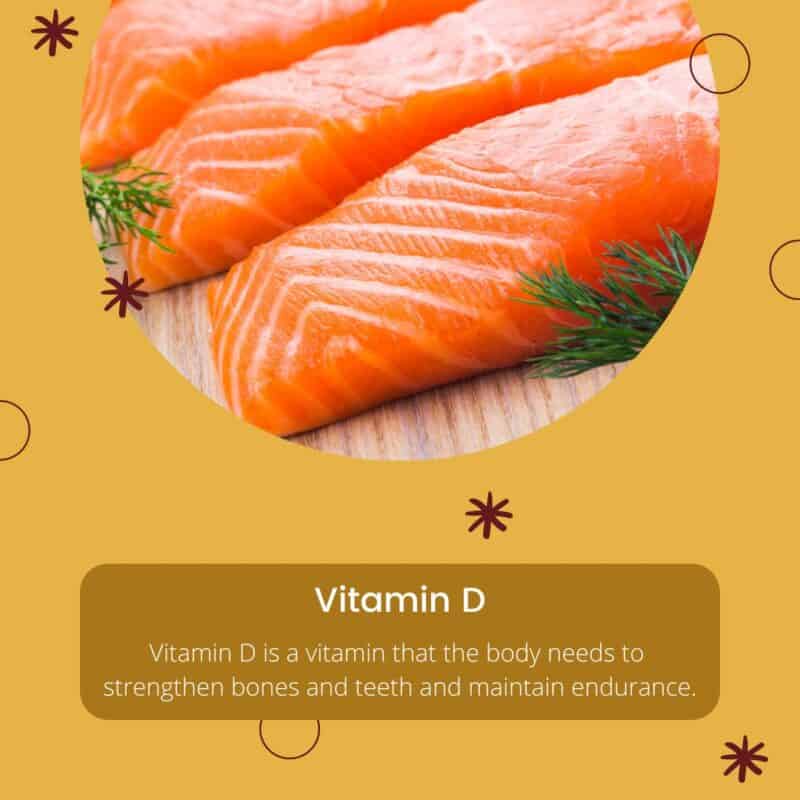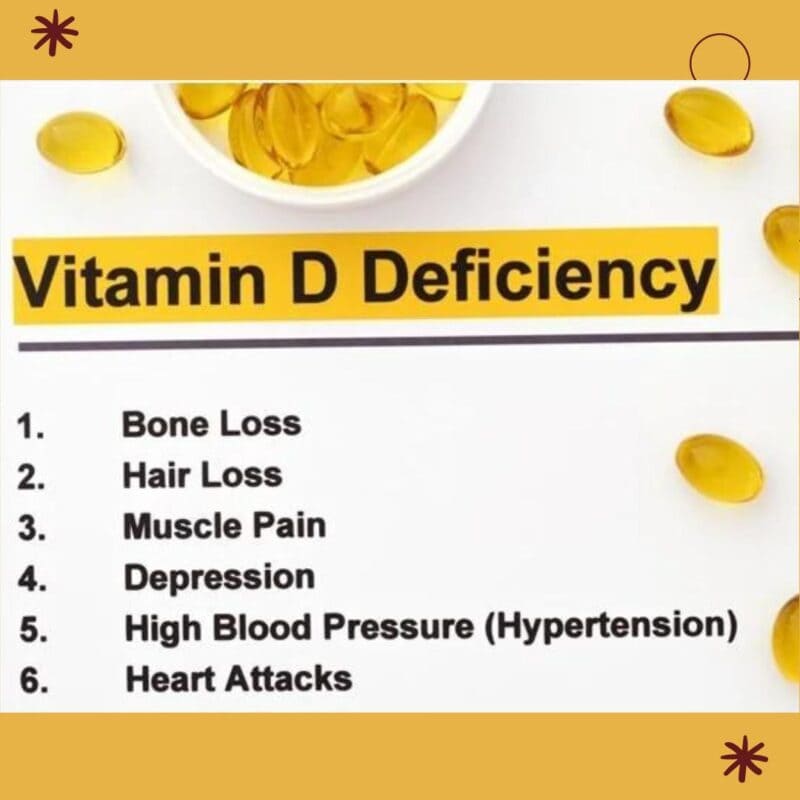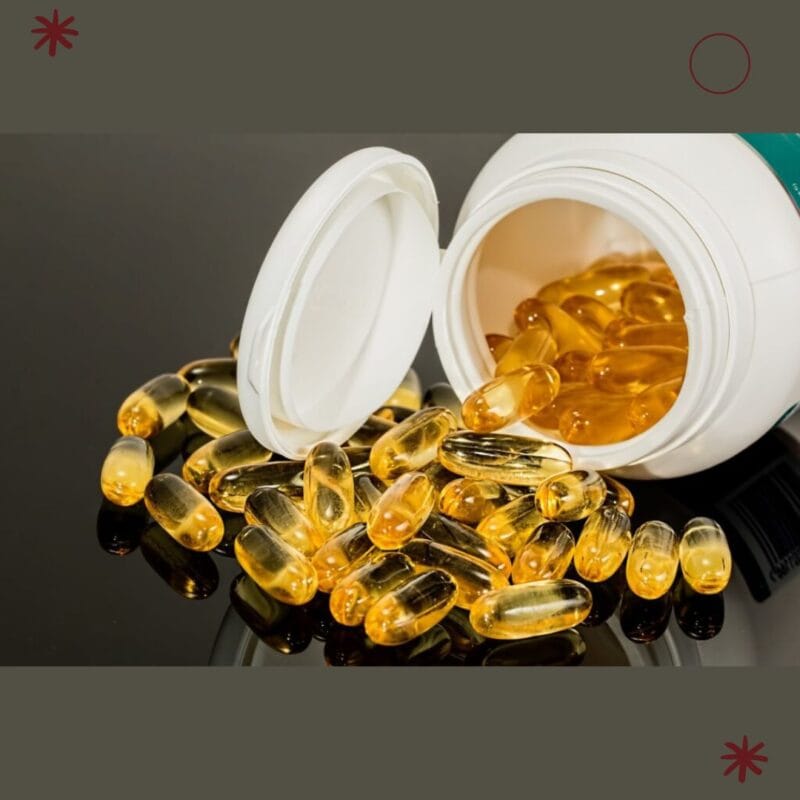Blog
vitamin d deficiency self care

vitamin d deficiency self care Causes and Symptoms

Deficiency of Vitamin D can cause diseases like heart disease, high blood pressure, diabetes, infections and immune system problems, some types of cancer in our body, but by removing its deficiency in time, all these diseases can be avoided.Now we will discuss some points.
Vitamin D Deficiency: Causes and Symptoms
Vitamin D deficiency occurs when your body doesn’t get enough vitamin D to keep you healthy. The primary reason may be lack of adequate exposure to sunlight, which is important for the synthesis of Vitamin D in the skin.Other causes include living in areas with little sunlight, having dark skin, or being elderly, as aging reduces the skin’s ability to produce vitamin D. Deficiency symptoms may be subtle at first, such as fatigue, muscle weakness, and bone pain, but may progress.

More :- fiber rich food for babies
Importance of Vitamin D: Why Deficiency Matters
Vitamin D plays a role in our body. It helps regulate the absorption of calcium and phosphorus, which is essential to maintain strong bones and teeth. In addition, vitamin D supports immune function, contributing to the body’s defense against infections and diseases.Deficiency can lead to weak bones (osteomalacia in adults and rickets in children), increased risk of fractures, and weakened immune system, making it essential to address and manage it.

These are signs you may be deficient in Vitamin D
It is important to know the symptoms of Vitamin D deficiency for timely treatment. Symptoms include persistent fatigue, muscle and joint pain, frequent illnesses or infections, and mood changes or depression.Hair fall and wounds not healing can also be signs of deficiency. If you experience these symptoms, especially during the winter months or if you spend minimal time outdoors, be sure to get your vitamin D levels checked.

How to Get Tested for Vitamin D Levels
The lab worker will take a blood sample to test for Vitamin D. This test measures the amount of vitamin D circulating in your bloodstream, usually expressed as nanograms per milliliter (ng/mL) or nanomoles per liter (nmol/L).Depending on your results, your healthcare provider may recommend appropriate supplementation or lifestyle adjustments to optimize your vitamin D levels.

Lifestyle Changes for Managing Vitamin D Deficiency
You can control Vitamin D levels by making some changes in your life. Spending more time outside will expose your body to sunlight, which allows your skin to naturally synthesize vitamin D.Additionally, incorporating regular exercise stimulates vitamin D production, and maintaining a healthy weight can support overall vitamin D status. Balancing outdoor activities with sun protection measures like applying sunscreen is the key to getting the most benefits while minimizing the risks.

Dietary Strategies to Boost Your Vitamin D Intake
While sunlight is the primary source, some foods can supplement your vitamin D intake. Fatty fish like salmon, tuna and mackerel, as well as fortified foods like dairy products, orange juice and cereals are rich in vitamin D.Including these foods in your diet helps maintain adequate levels of vitamin D. For individuals with restricted diets or specific health conditions, vitamin D supplements may be taken under medical guidance to ensure adequate intake.
Sunlight is enough to easily supply Vitamin D in the body. When UVB rays from the sun interact with cholesterol in the skin, vitamin D synthesis is triggered.Factors such as time of day, season, geographic location, and skin pigmentation affect how much vitamin D your skin can produce. Vitamin D synthesis can be optimized by spending 10–30 minutes outside with arms and legs exposed several times a week during peak sunlight hours.

Choosing the Right Vitamin D Supplement
Choosing the right vitamin D supplement depends on factors such as your current vitamin D levels, dietary habits, and overall health. Vitamin D supplements come in two forms: D2 (ergocalciferol) and D3 (cholecalciferol). D3 is more effective at raising and maintaining vitamin D levels in the body. Consult with your healthcare provider to determine the appropriate dosage based on your specific needs and to ensure compatibility with any existing medications.

Creating a Vitamin D-Friendly Environment at Home
To create a Vitamin D-friendly environment, make sure to have a place in your house that can provide enough light so that you can take it comfortably. Placing furniture near windows or using light-colored curtains can maximize natural light indoors.Spending time in sunny areas of your home, such as balconies or garden spaces, can complement outdoor exposure. This approach not only increases vitamin D synthesis but also promotes overall well-being by increasing exposure to natural light throughout the day.

Monitoring Your Vitamin D Levels: What You Need to Know
It is important to regularly monitor your vitamin D levels to maintain optimal health. Follow-up testing every 6-12 months allows you to track changes and adjust your self-care regimen accordingly.Your healthcare provider can interpret the test results and provide personalized recommendations based on your vitamin D status. Monitoring ensures that interventions, whether through increased exposure to sunlight, dietary adjustments, or supplementation, effectively address and manage your vitamin D deficiency.
F&Q
Vitamin D is a vital nutrient that our body needs to function properly. It plays a crucial role in maintaining healthy bones and teeth, supporting our immune system, and regulating insulin levels. Essentially, it’s our body’s way of ensuring that calcium, the main component of our bones, can be absorbed effectively. Without adequate vitamin D, our bones can become brittle.
Vitamin D deficiency can occur for several reasons. Limited sun exposure is one of the primary causes, as our skin synthesizes vitamin D when exposed to sunlight. Using sunscreen, living in areas with high pollution, having darker skin, and residing in northern latitudes can all reduce this natural production. Additionally, certain health conditions like Crohn’s disease, celiac disease, and kidney or liver issues can interfere with vitamin D absorption. Lastly, obesity can affect the bioavailability of vitamin D, making it harder for the body to use it effectively.
Identifying vitamin D deficiency early is crucial for effective self-care. Common symptoms include persistent fatigue, bone pain, muscle weakness, and mood changes like depression. In more severe cases, you might experience hair loss and an increased susceptibility to infections due to a weakened immune system. Children with vitamin D deficiency can suffer from severe asthma and other respiratory issues.
Increasing your vitamin D levels naturally involves a combination of sun exposure, diet, and supplements. Aim to spend about 10-30 minutes in the midday sun several times a week, ensuring some skin is exposed without sunscreen. Incorporate vitamin D-rich foods into your diet, such as fatty fish (like salmon and mackerel), fortified dairy products, egg yolks, and mushrooms. If you’re unable to get enough vitamin D from sunlight and food, consider taking a vitamin D3 supplement after consulting with your healthcare provider.
The amount of vitamin D you need varies depending on your age and life stage. Generally, infants need about 400 IU (10 mcg) daily, while children and adults up to 70 years old need 600 IU (15 mcg). Those over 70 and pregnant or breastfeeding women should aim for 800 IU (20 mcg). These recommendations can vary based on individual health conditions and lifestyle factors, so it’s important to tailor your intake to your specific needs.







